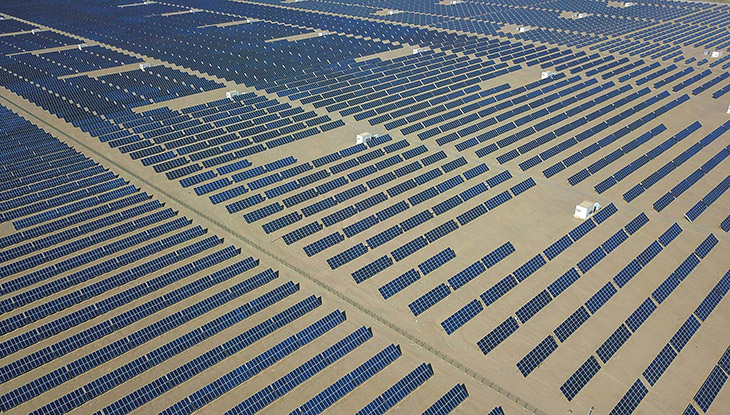
China has demonstrated a significant commitment to renewable energy in recent years. The country has recognized the importance of transitioning from fossil fuels to cleaner alternatives in order to address environmental challenges and meet its growing energy demands. The country has implemented a range of policies, set ambitious targets, and invested heavily in renewable energy technologies, positioning itself as a global leader in this sector.
China’s commitment to renewable energy can be observed through several key factors. First and foremost, the country has set impressive renewable energy targets. It aims to increase its share of non-fossil fuel energy to 20% by 2030 and has plans to peak its carbon emissions before 2030. Additionally, China has pledged to invest $360 billion in renewable energy by 2020, a clear indication of its dedication to the sector.
Their commitment to large-scale projects is evident in its recent completion of a massive solar array in Ningxia Hui. This solar array is capable of powering a staggering number of 1.5 million homes, as this was designed to showcase China’s ambition when it comes to renewable energy.
With a capacity of 1 million kilowatts and the ability to generate 1.8 billion kilowatt-hours annually, the Ningxia Hui array marks the beginning of several enormous renewable energy projects planned for the arid western regions, including the Gobi, Tengger, and Taklamakan deserts.
What sets this solar farm apart is its inclusion of an ultrahigh-voltage power transmission channel, making it the first of its kind in China. This transmission channel will carry the electricity generated in Ningxia Hui to the central Hunan Province. The decision to establish this transmission channel stems from the significant disparity in population size between the two regions, with Hunan boasting a population of 66 million compared to Ningxia’s 7 million.
China’s government has set ambitious targets for renewable energy installation in its most recent Five Year Plan. By 2026, they aim to install 100 gigawatts of renewable energy, with a particular focus on solar and wind power in the desert regions.
The National Energy Administration has reported a substantial expansion in China’s renewable energy capacity during the first quarter. Installed capacity has reached 47.4 million kilowatts, representing an impressive 86.5% increase compared to the same period last year.
Similar to many rural Chinese provinces, Ningxia, Xinjiang, and Inner Mongolia heavily rely on coal for electricity. The introduction of major solar and wind installations in these areas aims to spur economic development in predominantly agricultural economies.
China’s commitment to renewable energy is not only a response to environmental concerns but also a strategic move to reduce dependence on fossil fuels and stimulate economic growth. The construction of immense solar arrays like the one in Ningxia Hui demonstrates China’s determination to lead the global renewable energy transition. By harnessing the vast potential of its deserts, China is paving the way for a greener and more sustainable future.
Their goal has become evident through its ambitious targets, substantial investments, and policy support. The country has made remarkable progress in expanding its renewable energy capacity and has become a global leader in the field.
What are your thoughts? Please comment below and share this news!
True Activist / Report a typo


